Mice
Did you know?
Mice can squeeze through spaces as small as a dime.
Explore Mice
Mouse Facts
- Despite their tiny bodies, mice eat between 15 and 20 times a day.
- A house mouse produces between 40 and 100 droppings per day.
- Mice are good jumpers, climbers and swimmers.
- Mice can live in a lab for up to two years, but usually only live for about 5 months in the wild, mostly because of predators, such as cats, snakes, and foxes.
Mice typically enter our homes between October and February, looking for food, water, and shelter from the cold. While these rodents may look cute, mice spread more germs than most people realize. Mice can actually carry as many as 200 human pathogens!
If you spot a mouse the house, it is safe to assume there are more or there will be soon. Female mice can give birth when they are two months old and are able to have babies 6 to 10 times per year.
Deer Mice
Deer mice get their name because their fur looks a lot like deer fur. They are most commonly found in open grasslands, brushy country, cliffs, forests, pasturelands, and croplands.
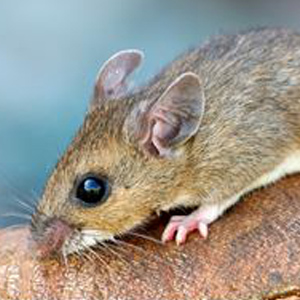
Deer mice
- Size: 5″ to 8″ long
- Shape: Mouse
- Color: Brown to Dark Brown
- Legs: 4
- Wings: No
- Antenna: Yes
- Common Name: Dear Mouse
- Kingdom: Animalia
- Phylum: Chordata
- Class: Mammalia
- Order: Rodentia
- Family: Cricetidae
- Species: Peromyscus maniculatus
Diet:
Deer mice eat seeds, small fruits and berries, beetles, caterpillars, grasshoppers, leafhoppers, and an underground fungus. They prefer to eat insects when they can find them.
Habitat:
The deer mouse makes its home outdoors in hollow tree logs or piles of garbage. They are nocturnal, so they sleep in their nests during the day. They also use their nests to raise their young and to protect them against harsh weather. When a deer mouse does come indoors, it prefers quiet places, such as attics.
Impact:
Deer mice can spread the potentially fatal Hantavirus. The virus can be spread by touching infected mice or by breathing in the fumes released in their urine.
Prevention:
- Mice eat 15-20 times a day, so keep your homes clean and do not leave food out.
- Be sure to empty kitchen and household garbage cans frequently.
- Make sure that your home and storage areas are clean and dry.
- Make sure that you clean your sheds, crawlspaces, and garbage cans often.
- Close up any small holes and cracks they can come in through.
House Mice
The house mouse is the most common rodent pest in most parts of the world. A female house mouse can give birth to up to a dozen babies every three weeks. That’s 150 babies a year! Size: 2″
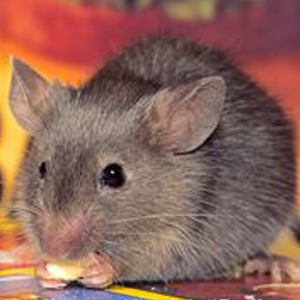
Home Mice
- Shape: Mouse
- Color: Light brown to black
- Legs: 4
- Wings: No
- Antenna: No
- Common Name: House mouse
- Kingdom: Animalia
- Phylum: Chordata
- Class: Mammalia
- Order: Rodentia
- Family: Muridae
- Species: Musculus Domesticus
Diet:
House mice primarily feed on plants, but they will also eat meat and dairy products. They will drink water but require very little of it. They will eat their own droppings to acquire nutrients produced by bacteria in their guts!
Habitat:
House mice live in structures, but they can live outdoors. They breed throughout the year and often share nests with their “relatives”.
Impact:
Even the smallest amount of mouse urine can trigger allergies, particularly in children because their immune systems are still developing. Mice spread disease through bite wounds and by contaminating food and water with their waste products. Mice can also spread disease thanks to parasites, such as ticks, fleas, and mites. These parasites bite the infected mouse and then spread the disease by biting humans.
Prevention:
- Mice eat 15-20 times a day, so keep your homes clean and do not leave food out.
- Be sure to empty kitchen and household garbage cans frequently.
- Make sure that your home and storage areas are clean and dry.clean your sheds, crawlspaces, and garbage cans often. Close up any small holes and cracks they can come in through.


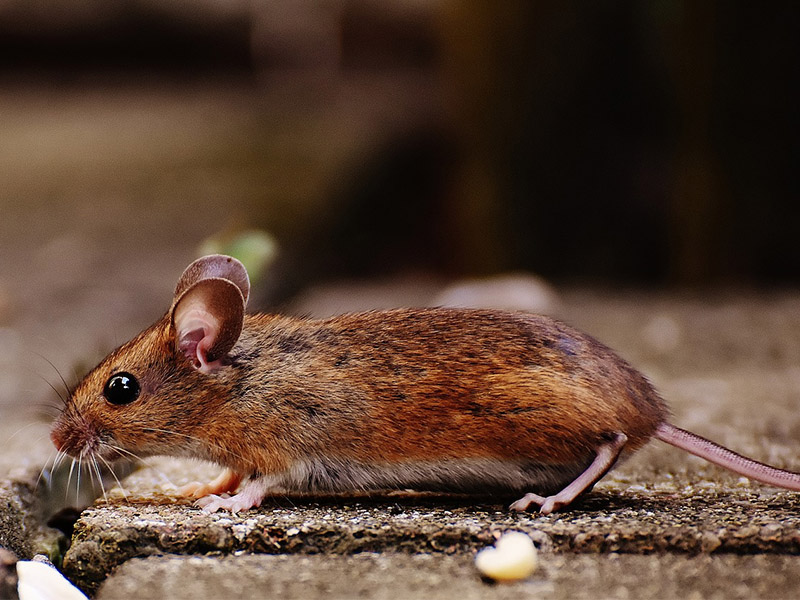
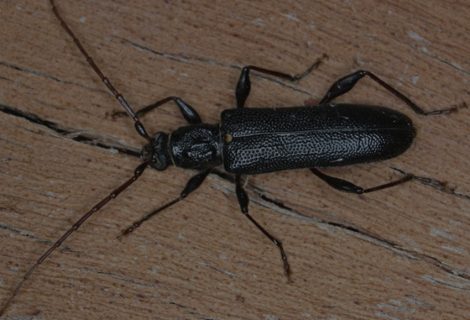
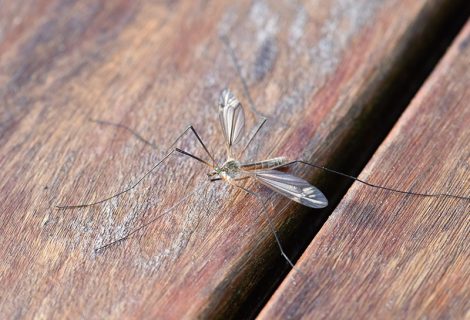
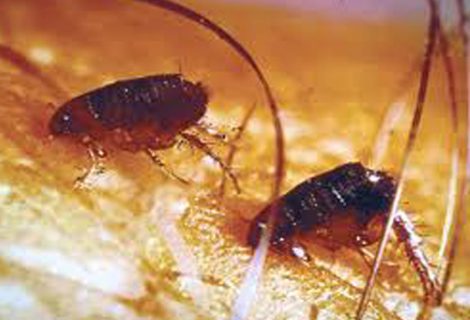
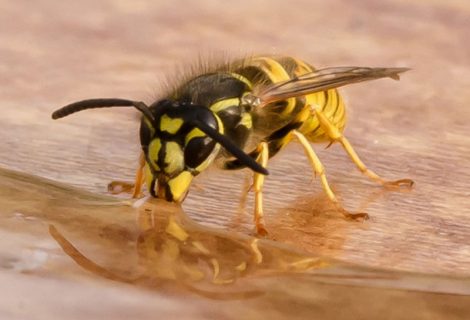
Recent Comments